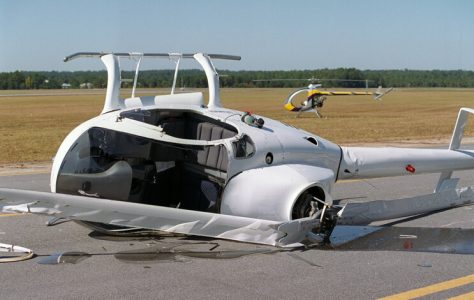Helicopter pilot training will soon give pilots the extra edge to help ensure safer flights.
Pilot training used to feel like a trap when I was young and naive. The instructors would pre-program various scenarios into the simulator or into their lesson plans for the actual airplane, just to try to trip us up. Or so we thought. Now with 15,000 hours behind me, I realize that my excellent training is more than likely the reason that I am still here. The “old me” is grateful for the brilliant instructors who decided to incorporate the mistakes and judgment errors made by pilots who have gone before me into ways that I can learn from their misfortune. Now I think that scenario-based training is “da bomb”.
And helicopter pilots are about to get into the game. There is a new recommended practice guide for helicopter training, just released by the U.S. Helicopter Safety Team (USHST). The guide includes suggested pilot training scenarios that are designed to mitigate risk and improve decision making. Because it uses data from actual fatal helicopter accidents as material for its lesson plans, students can see first hand how flawed decisions put flights at serious risk.
The scenarios include:
- Loss of rotor RPM in autorotation
- Loss of tail rotor effectiveness
- Spatial disorientation
- Unintended flight into instrument meteorological conditions (IMC)
- Low-altitude wire strike
- Low altitude engine failure
The practice resources are intended for both private and commercial helicopter flight training but are also suitable for CFIs, designated examiners, training center evaluators, and FAA safety inspectors.
The guide also helps instructors incorporate training scenarios in lesson plans, including setting up training events based on real accident scenarios. For example, the guide uses the State police helicopter accident in New Mexico as an example of what NOT to do. In this case, the non-instrument rated pilot attempted to take off in IMC, leading to a fatal accident. It also includes the crash of a nighttime medevac flight in California that occurred after the pilot became spatially disoriented. All are real-life events that pilots of all experience levels can learn from in their pilot training.
RELATED READING
RELATED CTS TRAINING










